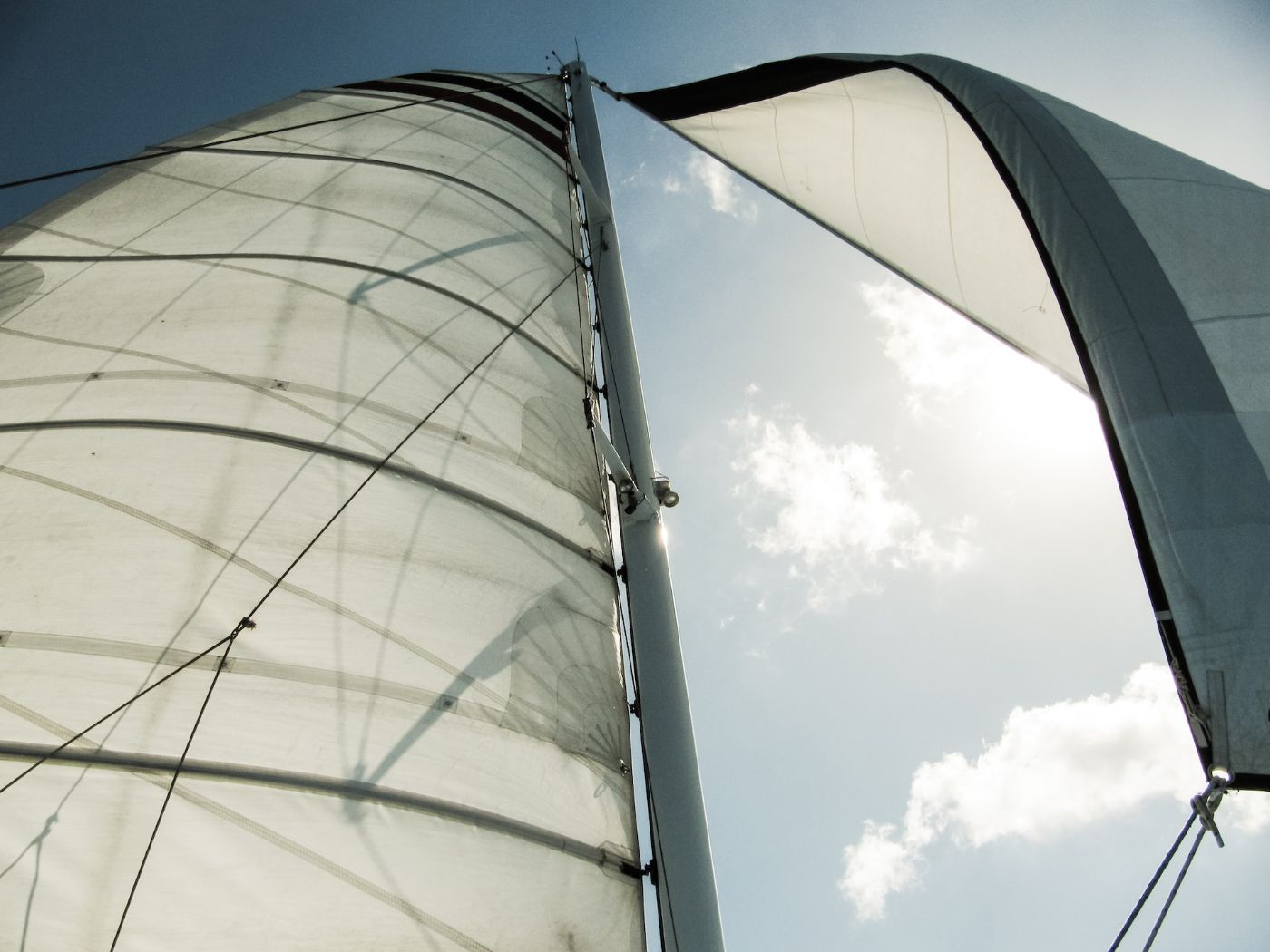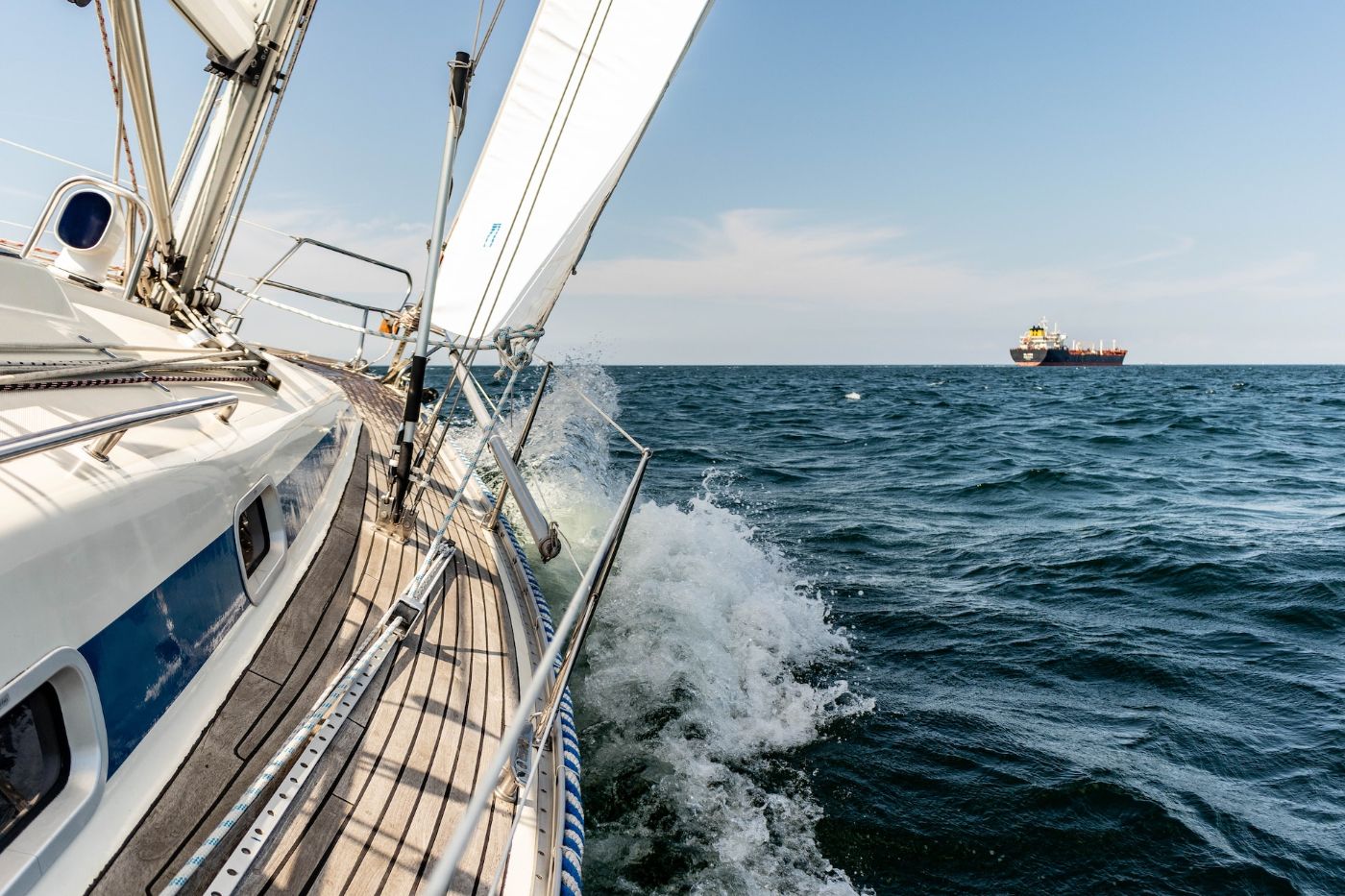The Best Size Dyneema for Standing Rigging
Dyneema is a high-performance synthetic fiber that is stronger than steel and more resistant to UV damage and corrosion. However, selecting the wrong size can lead to rigging failure and even catastrophic damage to your boat. If you're considering replacing your standing rigging with Dyneema, let's find out the best size suited for your boat.
For most boats, a diameter of 7mm to 9mm is suitable for standing rigging. If your boat is larger or you're planning to do some serious bluewater cruising, you may want to consider going up to a 10mm or 11mm diameter. The size of Dyneema is dependent on the size and weight of the boat, as well as the intended usage.
One of the most important factors to consider when choosing the size of Dyneema for your standing rigging is its load capacity. Although Dyneema has an incredibly high strength-to-weight ratio, you should still make sure that you choose the right size that can handle the load that it will be subjected to. Let's find out what other factors you need to keep in mind when choosing the right-size Dyneema.
Summary
- A larger boat or a boat with a heavier rig will require thicker Dyneema.
- If you sail in heavy wind conditions or use your boat for racing, you may want to choose a thicker size of Dyneema for added strength.
- Choosing a Dyneema that is too small for the loads and stresses that the rigging will be subjected to can lead to rigging failure.
- Seek the help of a professional sailor or rigger to be confident that your rigging is properly sized and optimized for your boat and usage.
- Dyneema can still stretch significantly under very high loads, and this phenomenon is called "creep".

On this page:
Choosing the Right Size Dyneema For Standing Rigging
The table below shows the recommended Dyneema size for different boat sizes:
| Boat Size/Type | Load/Condition | Recommended Dyneema Diameter |
|---|---|---|
| Small sailboat, light rig | Normal sailing conditions | 7mm |
| Medium to large sailboat, offshore cruising | Normal sailing conditions | 8mm-9mm |
| Large sailboat, offshore cruising | Normal sailing conditions | 10mm-11mm |
In general, a diameter of 7mm to 9mm is suitable for standing rigging. If your boat is larger or you're planning to do some serious bluewater cruising, you may want to consider going up to a 10mm or 11mm diameter.
The diameter of the Dyneema you choose will be based on the size of your boat, the loads your rig will be subjected to, and whether you're doing the rigging yourself or hiring a professional rigger. A Dyneema rigging can cost anywhere from $10 to $20 per foot, with larger boats and thicker rigging costing more.
If you're doing the rigging yourself, always remember that Dyneema is much stronger than wire rope of the same diameter. This means that you can use a thinner diameter of Dyneema than you would with wire rope. However, try not to go too thin, as this can lead to chafing and premature failure.

Now, if you're hiring a professional rigger to do the job, they will be able to advise you on the best diameter of Dyneema for your boat and sailing plans. They will take into account the loads your rig will be subjected to, the size of your boat, and any other factors that may affect the strength and durability of your rigging.
Generally, a larger boat or a boat with a heavier rig will require thicker Dyneema. Also, if you sail in heavy wind conditions or race your boat, you may want to choose a thicker size for added strength.
However, thicker Dyneema can also add weight and stiffness to your rig, which can affect your boat's performance. Ultimately, the best size for your standing rigging will depend on your specific needs and preferences.
Expert Recommendations for Choosing Dyneema Sizes

In this section, we will explore expert recommendations when choosing Dyneema sizes for standing rigging.
The best Dyneema size for standing rigging based on expert advice
According to professional sailors and rigging experts, the size of Dyneema for standing rigging is dependent on the size and weight of the boat, as well as the intended usage. For example, a 30-foot sailboat with a moderate sail plan may require 6mm Dyneema for standing rigging, while a 60-foot racing yacht with a large sail plan may require 12mm Dyneema.
Additionally, try to consider the loads that the rigging will be subjected to. A cruising boat that spends most of its time on calm waters may require smaller Dyneema sizes, while a racing boat that experiences high loads and stresses may require larger sizes.
The best Dyneema size for standing rigging based on boat type and usage
When choosing the size of Dyneema for standing rigging, perhaps consider the boat type and usage. Here are some best practices to follow:
- Consult a professional rigger or sailmaker to determine the appropriate Dyneema size for your boat and usage.
- Consider the loads and stresses that the rigging will be subjected to in different sailing conditions.
- Choose a Dyneema size that is appropriate for the size and weight of your boat.
- Consider the specific application of the Dyneema, such as forestays, backstays, or shrouds.
- Take into account any regulatory requirements or class rules that may dictate the minimum or maximum size of Dyneema allowed.
Consider Load Capacity, Strength vs. Diameter, and Stretch

Here are some of the most important factors to keep in mind to pick the best size Dyneema for your standing rigging:
Take into account the load capacity and its impact on standing rigging
Dyneema has an incredibly high strength-to-weight ratio, which means that it can handle a lot of load without stretching or breaking. However, you may need to make sure that you choose the right size of Dyneema to ensure that it can handle the load that it will be subjected to.
If the Dyneema is too small for the load, it may stretch or even break under the strain, which could result in serious damage to the sailboat and potentially endanger the crew.
Find the right balance between diameter and strength
While a larger diameter Dyneema will be stronger, it will also be heavier and more expensive. It can be unnecessarily heavy and add extra weight aloft, which can negatively affect the boat's performance.
On the other hand, a smaller diameter Dyneema will be lighter and less expensive. However, it may not be strong enough to handle the load, which can lead to failure and potentially dangerous situations.
Understand the stretch characteristics of Dyneema
Dyneema is a high-strength, low-stretch material that is commonly used for standing rigging on sailboats. However, even though Dyneema has a very low stretch under normal loads, it can still stretch significantly under very high loads. This is known as "creep", which is the gradual elongation of the material over time when it is under a constant load.
When choosing the size of Dyneema for your standing rigging, perhaps take into account the maximum load that the rigging will be subjected to. You need to choose the right size of Dyneema that can handle the load without stretching too much.
If the Dyneema is too small, it may stretch too much under the load, which can lead to problems such as increased mast bend, reduced sail shape, and decreased performance. On the other hand, if the Dyneema is too large, it may not stretch enough to absorb the shock loads that can occur when sailing in rough conditions, which can lead to damage to the rigging or other parts of the boat.
Common Mistakes to Avoid When Selecting The Size Of Dyneema

Choosing the wrong size of Dyneema for standing rigging can result in serious safety issues and damage to your boat. Here are some common mistakes to avoid:
Choosing a Dyneema size that is too small
Choosing a Dyneema size that is too small for the loads and stresses that the rigging will be subjected to can lead to several problems, such as rigging failure. Rigging failure can result in damage to the boat or even injury to crew members.
The Dyneema may also experience excessive wear and abrasion, which can lead to premature failure and the need for frequent replacement.
To avoid this common mistake, carefully consider the loads and stresses that the rigging will be subjected to and choose a Dyneema size that is appropriate for those requirements. This may involve consulting with a professional rigger or using online calculators to determine the required strength and size of the Dyneema.
Choosing a Dyneema size that is too large
While you can choose a Dyneema size that is strong enough to handle the loads and stresses of the rigging, choosing a size that is larger than necessary can result in unnecessary weight and expense.
A larger size of Dyneema will typically be heavier and more expensive than a smaller size, which can add unnecessary weight to the boat and increase the cost of the rigging. Also, it may not be as flexible and easy to handle as a smaller size, which can make it more difficult to work with and adjust.
Not consulting a professional rigger or sailmaker
While online calculators and general guidelines can be helpful, every boat and usage is unique and may require a specific size of Dyneema for optimal performance and safety.
Consulting a professional rigger or sailmaker can help ensure that you choose the right size of Dyneema for your specific needs. They can take into account factors such as the size and weight of your boat, the type of rigging you are using, the sailing conditions you will be facing, and other important considerations to determine the appropriate size of Dyneema.
By working with a professional, you can be confident that your rigging is properly sized and optimized for your boat and usage. This can help improve performance, increase safety, and minimize the risk of rigging failure or other problems.
Ignoring regulatory requirements about the size of Dyneema
Many sailing organizations and regulatory bodies have specific rules and requirements regarding the size and type of rigging that is allowed on boats. Some racing classes may have rules that dictate the maximum size of Dyneema that is allowed for certain types of rigging. Ignoring these rules can result in disqualification from races or other penalties.
Similarly, regulatory bodies such as the United States Coast Guard may have requirements for the minimum size of rigging that is allowed on certain types of boats. Ignoring these requirements can result in fines, penalties, or even unsafe conditions on the water.
Did you find the answer to your specific question?
👍 2 👎 8




Leave a comment